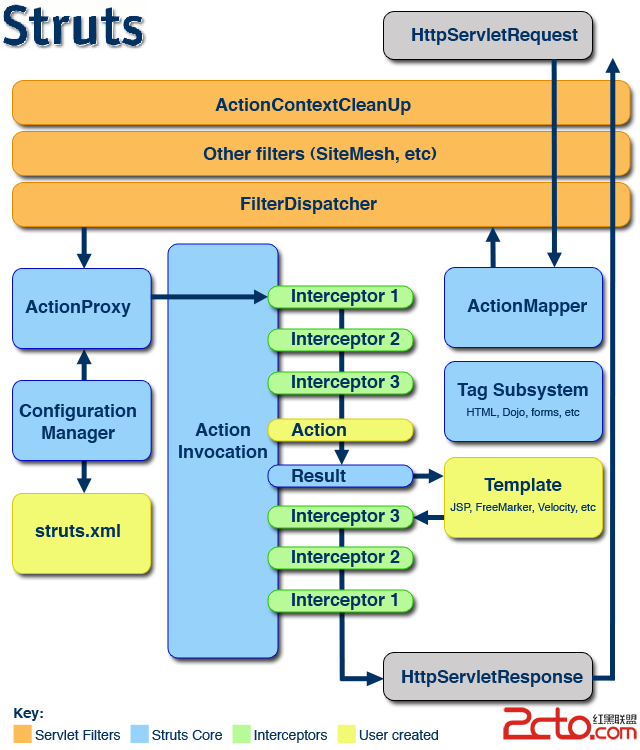这段js代码得拯救你多少时间
1.应用案例:
var Mouse = function () {
// Look! no that = this!
this.position = [0, 0];
if (document.addEventListener) {
document.addEventListener('mousemove', ?); //this.move?
} else if (document.attachEvent) {
document.attachEvent("onmousemove", ?); //this.move?怎么放进去
}
};
Mouse.prototype.move = function (arg1,arg2,event) {
event = window.event || event;
var x = event.pageX || event.offsetX,
y = event.pageY || event.offsetY;
this.position = position = [x, y];
this.log(arg1,arg2);
};
Mouse.prototype.log = function (arg1, arg2) {
console.log(arg1+","+arg2);
console.log(this.position);
};
new Mouse();
www.zzzyk.com
上面你知道'?'号那里要干嘛了吗?我想给document的mousemove绑定我的move方法,但是遇到难题了,这样的话,Mouse.prototype.move
里的this就不会指向Mouse的对象,相信大家经常碰到这种问题.也许你早知道了怎么解决,但是有更快更简单的方法吗?答案是:
Function.prototype.bind()这个神奇的玩意,但是ie6 7 8都不支持,一般现代浏览器都支持了,我们接下来要做的就是模仿他,
这么好的方法当然要模仿它,怎么模仿见下面nothing的原创方法
(function () {
var proxy = function (fn, target) {
var proxy = function () {
if (2 < arguments.length) { //存在被代理的函数有参数的时候
var privateArgs = Array.prototype.slice.call(arguments, 2);
//从第二个开始取出来,[this,绑定的对象,参数列表]
return function () {
var args = Array.prototype.slice.call(arguments);
-->这里的arguments与外面的不是同一个,这个是被代理的函数内部的arguments对象,
比如这里的move函数的 arguments[0]=[object Event]就是这个事件内部的e参数
Array.prototype.unshift.apply(args, privateArgs);
-->这里在加上传进来的参数,就实现了,和原生bind一样的参数形式
//->而且这里是把私有的参数放到前面的比如a=new Mouse();a.move(1,2);
//如果这个move方法没有参数,意思就是prototype.move=fn(){arguments} ,
//而我传进来了参数,参数的arguments.length=3,
//arguments[0]=1,arguments[1]=2,arguments[2]=[object event].
return fn.apply(target, args);
}
//这里之所以搞复杂了,是因为,在被代理的函数可以直接访问arguments,比如我不给被代理的函数传参数,而直接使用
//这样这个arguments就会包含与原生Function.prototype.bind的arguments一样的对象,
//这里代码深奥,是因为你没理解这里原生的bind里面的arguments是什么,知道了,就知道为什么绑定我自己的arguments
//做这么多,主要目的就是使你被代理的函数内部的arguments与function.prototype.bind里的arguments对象包含的东西一致
}
return function () {
return fn.apply(target, arguments);
}
}
return proxy.apply(null, arguments);
};
/*支持原生的使用原生的*/
Function.prototype.bind = Function.prototype.bind ||
function (target) { //这里的this指代要被代理的函数
if (1 < arguments.length) {
var args = Array.prototype.slice.call(arguments, 1); //取出参数列表
args.unshift(this, target); //这个args最终变成了[this,绑定的对象,参数列表]
补充:web前端 , JavaScript ,




